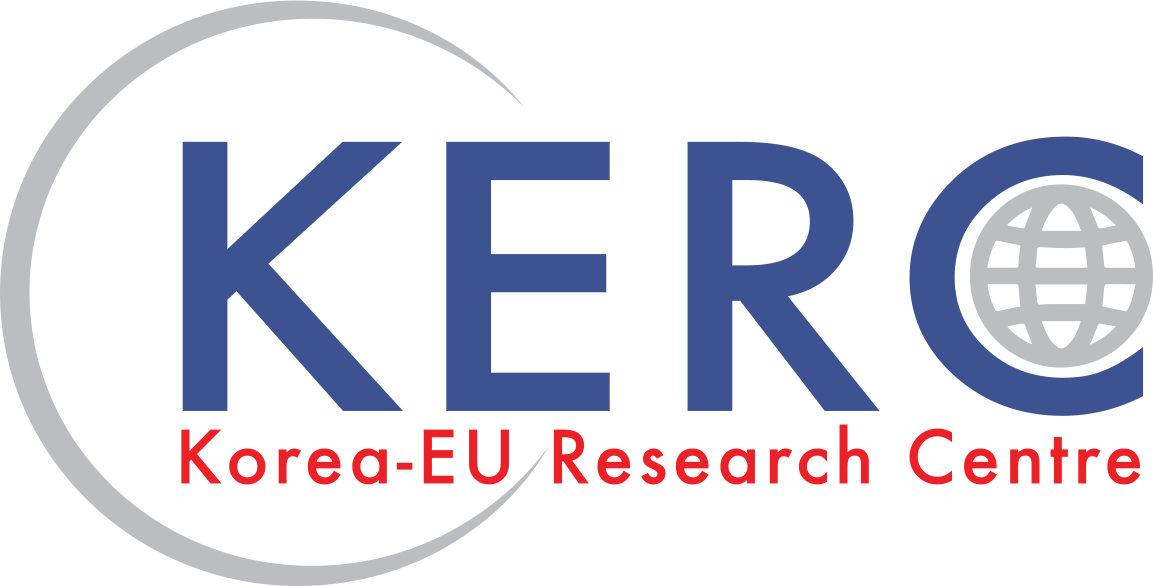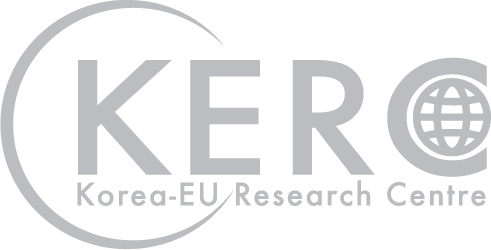Avikus, a subsidiary of HD Hyundai, the former Hyundai Heavy Industries Holdings, has completed the world's first transoceanic voyage by a large merchant ship using autonomous navigation technology.
Avikus and SK Shipping on June 2 said the Prism Courage, a 180,000 cubic m-class ultra-large LNG carrier, completed the voyage using autonomous navigation.
This is the world's first transoceanic voyage by a vessel using such technology.
The vessel on May 1 departed from Freeport, Texas, on the southern coast of the Gulf of Mexico on its 33-day voyage, passing through the Panama Canal and crossing the Pacific Ocean before arriving on June 2 at Boryeong LNG Terminal in Chungcheongnam-do Province.
The Prism Courage is equipped with HiNAS 2.0, a Level 2 autonomous navigation solution of Avikus.
Crew work on the ship but it can be remote controlled at Level 2. The Level 2 technology recognizes the vessel's surrounding environment in real time such as the weather and wave heights, and can control and operate the ship.
Avikus said the Prism Courage autonomously navigated optimal routes, boosted fuel efficiency about 7% and reduced greenhouse gas emissions around 5%. The vessel also precisely recognized other ship locations during the trip and thus avoided collision about 100 times.
The Prism Courage was auto-navigated during the day for about the first week and a crew member operated it at night. It navigated autonomously for 16 days from May 16 to June 1 without a human at the controls. The navigation distance was an estimated 20,000 km, and the vessel traveled half that distance using HiNAS 2.0.
The American Bureau of Shipping (ABS) and Korea Register of Shipping monitored the voyage in real time to confirm the autonomous navigation technology's performance and stability. Avikus plans to commercialize HiNAS 2.0 from the second half of this year after receiving a transoceanic navigation certificate from the ABS.
The global market research company Acute Markets Reports said the market for autonomous navigation vessels and related equipment is anticipated to grow an average 12.6% per year and reach USD 235.7 billion in value by 2028.


